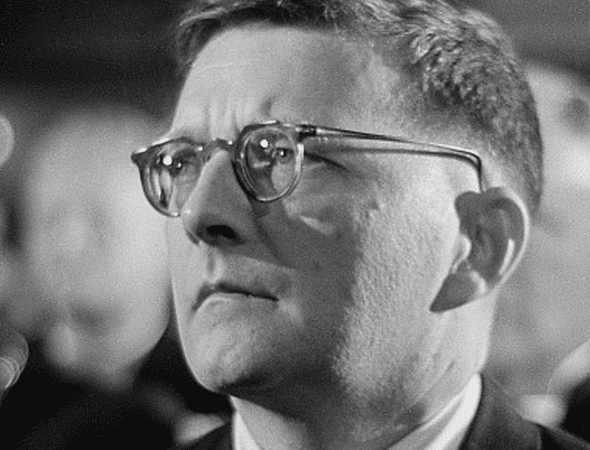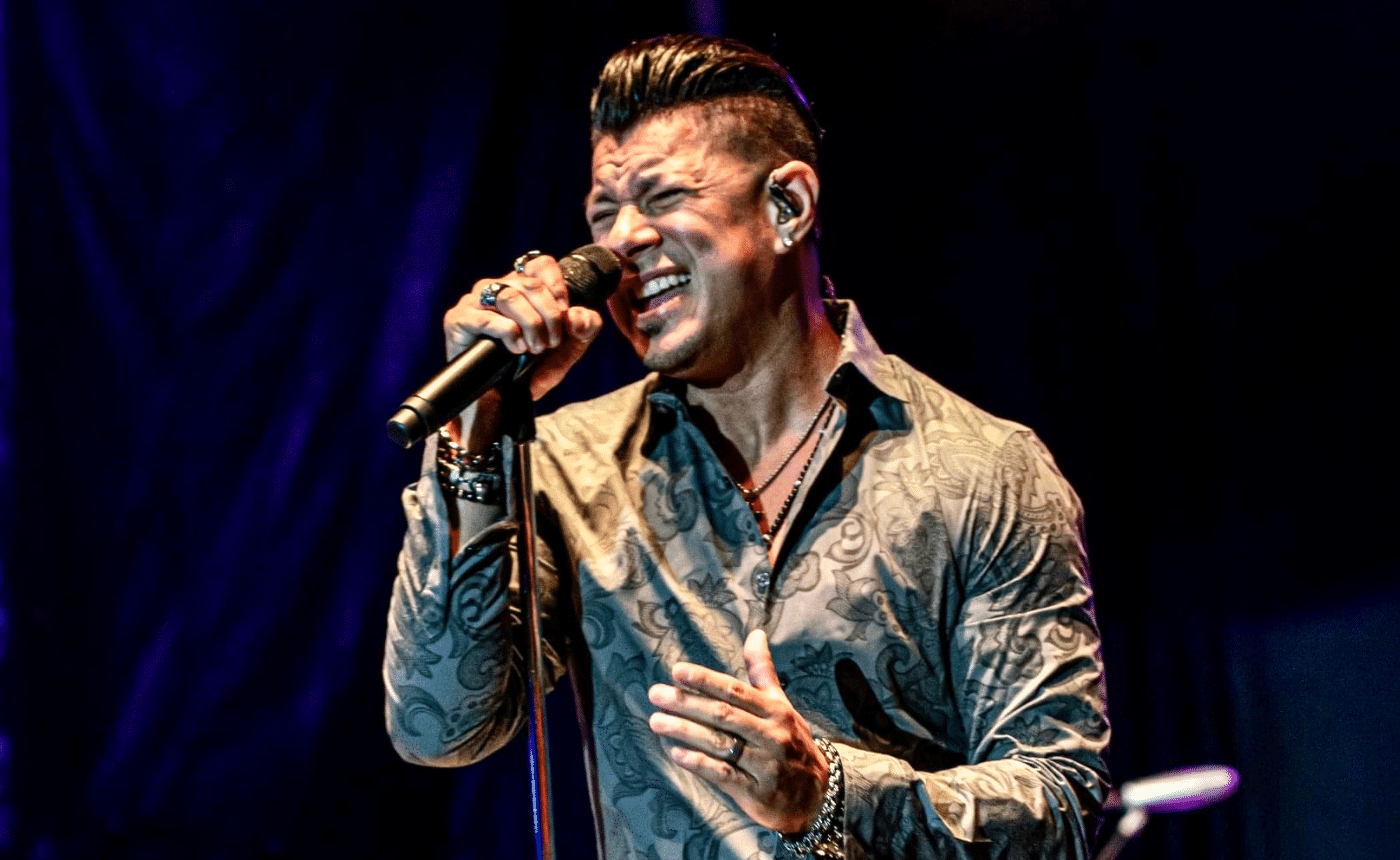SHOSTAKOVICH: Symphony No. 10
by Jeff Counts
THE COMPOSER – DMITRI SHOSTAKOVICH (1906-1975) – When Joseph Stalin died on March 5, 1953, many people believed things would quickly turn for the better in Russia. Shostakovich was not one of them. He most certainly did not mourn the loss (though his public reaction to the news was, by necessity, respectful and disconsolate), but Shostakovich doubted that anything would change for watch-listed Soviet artists like himself. “[T]he times are new,” he said to a colleague, “but the informers are old.” There was clearly too much personal scar tissue from the Stalin Years for Shostakovich to ever feel overly hopeful about the future but, despite his customary pessimism, he must have felt at least some sense of relief with “Uncle Joe” finally gone.

THE HISTORY – Though it was a genre that had already defined much of his career, Shostakovich hadn’t written a symphony for five years when Stalin died. The composer’s 1948 rebuke and public shaming at the hands of the Central Committee had been effective, in that it made him a good soldier, but an unforeseen consequence of their condemnation was his reluctance to take on non-programmatic music going forward. This meant no symphonies, and one must assume Shostakovich’s self-censorship would have gone on for decades if Stalin had lived that long. He didn’t though, thankfully, and Shostakovich wasted no time resurrecting that temporarily buried part of himself. There is evidence that some of the material used to construct the 10th Symphony came from earlier times, but little doubt about its emotional provenance as an immediately post-Stalin creation. Specifics can be murky with Shostakovich, however. When asked if his new symphony was “about” anything, he said no, but the oft-disputed memoir by Solomon Volkov (“Testimony”) claims otherwise. “It’s about Stalin”, said Shostakovich (if Volkov can be believed), adding, “of course there are many other things in it”. Annotator John Mangum has called Symphony No. 10 “48 minutes of tragedy, despair, terror, and violence and two minutes of triumph”, which succinctly makes the case for a direct response to the fallen tyrant. But we can’t really know and shouldn’t really care. Whether or not Stalin is in this music explicitly, his toxic shadow darkens a lot of it. Among the “other things” in the score we can identify are coded melodic references to Shostakovich himself and to his forbidden muse, a former pupil named Elmira Nazirova (when you hear the repeated, plaintive horn call in the third movement, that’s her). We don’t know what she thought of it but, in the eyes of many today, No. 10 is Shostakovich’s finest symphony.
THE WORLD – Elsewhere in 1953, Tenzing Norgay and Sir Edmund Hillary performed the first (proven) successful summit ascent of Mt. Everest, the double-helix structure of DNA was discovered, Elizabeth II was coronated in England and the Korean War ended.
THE CONNECTION – Shostakovich’s 10th Symphony was last performed in Abravanel Hall in 2018. Maestro Thierry Fischer conducted.












